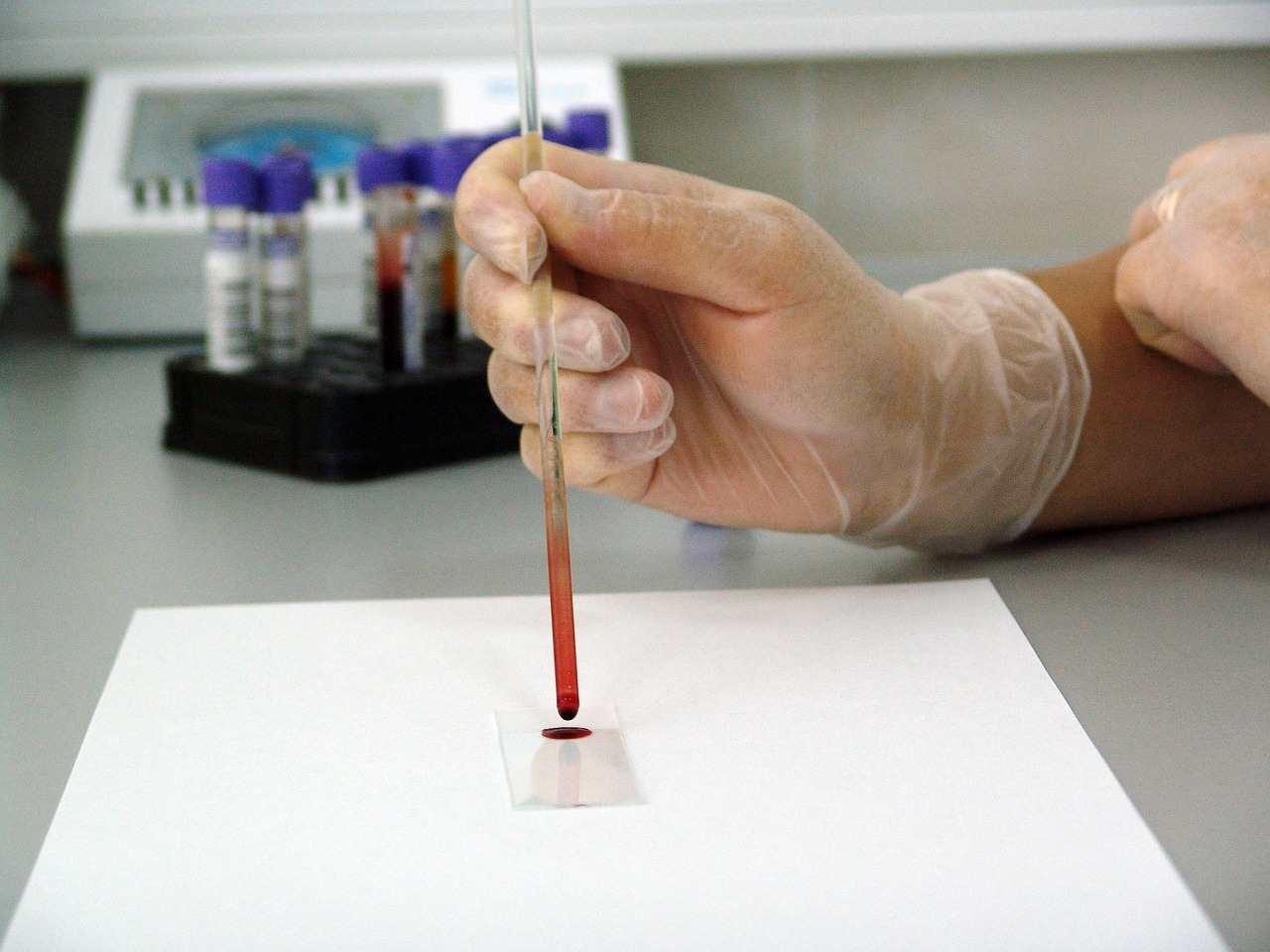Carbapenem-resistant Enterobacterales: Epidemiological study of isolates in a public hospital in Santa Fe
Abstract
Introduction: The incidence of carbapenem-resistant Enterobacterales (CRE) rose in the last decade, and especially during the COVID-19 pandemic.
Objective: To identify the antimicrobial resistance profile, as well as the frequency and type of carbapenems that were present in CRE isolations in a tertiary care hospital.
Materials and methods: Epidemiological, observational and retrospective study. It included CRE isolated in clinical samples during 2021 in a tertiary care hospital in Argentina. Incidences (isolations/patients-day), confidence intervals of 95% (CI 95%) and statistical comparisons were made with OpenEpi.
Results: 348 CRE were isolated (11.9 isolations/1,000 patients-day, IC95% 10.7-13.2). Incidence correlated to COVID-19 cases (rho=0.874, p<0.001). Most isolations were from the Intensive Care Unit (76.4%) and the from respiratory samples (27.6%, n=96) and blood cultures (24.4%, n=92). The main isolated CRE was Klebsiella pneumoniae (71.4%, n=260), with a general carbapenem resistance of 53.4%. KPC was the main resistance mechanism (61.2%). Two double carbapenemase-producing Enterobacterales were isolated. Klebsiella pneumoniae presented a higher overall resistance rate to non-betalactam antibiotics (60.6% vs 38.5%, p<0.001). Among CRE, a higher colistin resistance rate was found in KPC isolations (44.6% vs 23.9%, p=0.001) and lower resistance to amikacin (23.9% vs 72.6%, p<0.001).
Conclusion: The difficulty in the selection of antibiotic regimens for CRE forces the treating physicians to put emphasis on the knowledge of resistance mechanisms to optimize them.
Downloads
References
2. Servicio de Antimicrobianos-Laboratorio Nacional/Regional de Referencia en Resistencia a los Antimicrobianos-Instituto Nacional de Enfermedades Infecciosas ANLIS «Dr. Carlos G. Malbrán». Vigilancia de la resistencia a los antimicrobianos. Provincias 2019. Red WHONET-Argentina. 2019.
3. Belvisi V, Borgo CD, Vita S, Redaelli P, Dolce P, Pacella D, et al. Impact of SARS CoV-2 pandemic on carbapenemase-producing Klebsiella pneumoniae prevention and control programme: convergent or divergent action? J Hosp Infect. marzo de 2021;109:29.
4. Gomez-Simmonds A, Annavajhala MK, McConville TH, Dietz DE, Shoucri SM, Laracy JC, et al. Carbapenemase-producing Enterobacterales causing secondary infections during the COVID-19 crisis at a New York City hospital. J Antimicrob Chemother [Internet]. [citado 26 de agosto de 2021]; Disponible en: https://www.ncbi.nlm.nih.gov/labs/pmc/articles/PMC7717307/
5. Martinez-Guerra BA, Gonzalez-Lara MF, de-Leon-Cividanes NA, Tamez-Torres KM, Roman-Montes CM, Rajme-Lopez S, et al. Antimicrobial Resistance Patterns and Antibiotic Use during Hospital Conversion in the COVID-19 Pandemic. Antibiot Basel Switz. 11 de febrero de 2021;10(2):182.
6. Gaspar GG, Ferreira LR, Feliciano CS, Campos Júnior CP, Molina FMR, Vendruscolo ACS, et al. Pre- and post-COVID-19 evaluation of antimicrobial susceptibility for healthcare-associated infections in the intensive care unit of a tertiary hospital. Rev Soc Bras Med Trop. 2021;54:e00902021.
7. Alerta Epidemiológica: Emergencia e incremento de nuevas combinaciones de carbapenemasas en Enterobacterales en Latinoamérica y el Caribe - 22 Octubre 2021 - OPS/OMS | Organización Panamericana de la Salud [Internet]. [citado 9 de noviembre de 2021]. Disponible en: https://www.paho.org/es/documentos/alerta-epidemiologica-emergencia-e-incremento-nuevas-combinaciones-carbapenemasas
8. Vaughn VM, Gandhi TN, Petty LA, Patel PK, Prescott HC, Malani AN, et al. Empiric Antibacterial Therapy and Community-onset Bacterial Coinfection in Patients Hospitalized With Coronavirus Disease 2019 (COVID-19): A Multi-hospital Cohort Study. Clin Infect Dis Off Publ Infect Dis Soc Am. 18 de mayo de 2021;72(10):e533-41.
9. Legeay C, Thépot-Seegers V, Pailhoriès H, Hilliquin D, Zahar JR. Is cohorting the only solution to control carbapenemase-producing Enterobacteriaceae outbreaks? A single-centre experience. J Hosp Infect. agosto de 2018;99(4):390-5.
10. Castro MG, Ubiergo L, Vicino M, Cuevas G, Argarañá F. Rising incidence of carbapenem resistant isolates: an Argentinian hospital’s experience. More trouble in the aftermath of the COVID-19 pandemic. Iberoam J Med. 2022;4(2):92-9.
11. CLSI. Performance standards for antimicrobial susceptibility testing: thirty-second informational supplement (February 2022 update). CLSI publication M100-S20-U. Clin Lab Stand Inst.
12. López-Jácome LE, Fernández-Rodríguez D, Franco-Cendejas R, Camacho-Ortiz A, Morfin-Otero MDR, Rodríguez-Noriega E, et al. Increment Antimicrobial Resistance During the COVID-19 Pandemic: Results from the Invifar Network. Microb Drug Resist Larchmt N. marzo de 2022;28(3):338-45.
13. de Carvalho Hessel Dias VM, Tuon F, de Jesus Capelo P, Telles JP, Fortaleza CMCB, Pellegrino Baena C. Trend analysis of carbapenem-resistant Gram-negative bacteria and antimicrobial consumption in the post-COVID-19 era: an extra challenge for healthcare institutions. J Hosp Infect. febrero de 2022;120:43-7.
14. van Duin D, Doi Y. The global epidemiology of carbapenemase-producing Enterobacteriaceae. Virulence. 19 de mayo de 2017;8(4):460-9.






